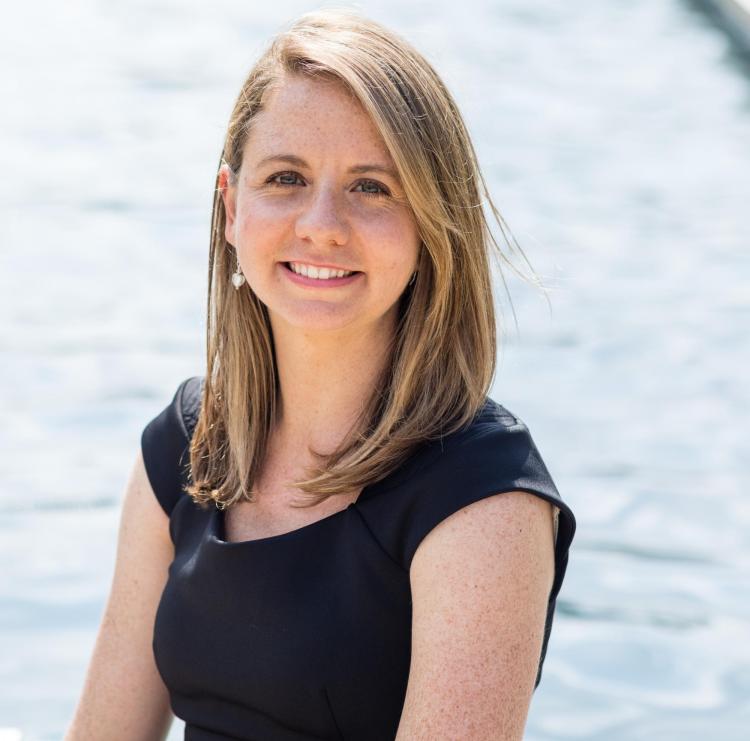Choose to Challenge: Kristi Anseth
Professor Kristi Anseth discovered chemical engineering in college. She had grown up knowing few engineers but enjoyed chemistry and mathematics in high school. Upon starting college, chemical engineering was recommended to her as a major, and she was fascinated to learn about the multiple dimensions of chemical engineering, especially those related to improving quality of life and human health.
A specific turning point came from conducting undergraduate research in Nicholas Peppas’ lab while at Purdue University. Peppas opened Anseth’s eyes to how she could contribute to the field through research and the opportunities available by pursuing advanced graduate degrees, she said.
- Conducted undergraduate research with Nicholas Peppas while at Purdue University
- Invested in improving human health and quality of life
- Research lab involves students from various disciplines
- First engineer ever selected as Howard Hughes Medical Investigator
- Advises students to take constructive criticism and forget the rest
As a result, Anseth went on to graduate school at CU Boulder, where she discovered her love of teaching and mentoring others. It resonated that while mentoring, she could help others achieve their goals in the university setting.
She went on to a postdoctoral position at Massachusetts Institute of Technology for additional research training. While there, she was exposed to the interdisciplinary nature of Professor Robert Langer’s lab – a mixture of biologists, chemists, MD/PhD students, clinical fellows, bioengineers, and classically trained chemical engineers like herself working on complex medical problems. She hoped to emulate this stimulating, multi-disciplinary environment in her own group and returned to CU Boulder to join the engineering faculty.
Today, Anseth enjoys leading a research laboratory that not only tackles challenging problems in regenerative medicine but also provides significant teaching opportunities to impact individuals at all stages of their careers – from high school up to postdocs.
The setting creates a learning experience for Anseth as well, she said. By mentoring students with different backgrounds, training, or via collaborations, she values the chance to learn something new every day. I reflected that I also enjoy the learning and growth mindsets of university settings and seek this in a career looking forward.
Anseth noted that one of the challenges to progressing in anyone’s career is taking risks and leaps forward and learning from failure. In her time as a faculty member, she has tried to not only do the next logical thing but to continuously stretch herself, she said. This mindset has made all the difference when jumping into different research themes—from methods to regenerate tissues to understanding diseases of the heart, a collaboration that started with Leslie Leinwand. Anseth noted the value of surrounding yourself with dedicated and talented researchers with different skill sets who can help continually push yourself forward.
Anseth is the first engineer, male or female, to be selected as a Howard Hughes Medical Investigator. She’s also the only CU Boulder faculty member — and one of just a few in the nation — admitted to all three National Academies. I asked Anseth about the challenges she may have overcome to find success as a woman in STEM. She responded that she felt fortunate to have great mentors that were extremely supportive to her in her career path – they listened, guided and continue to support her to this day.
She noted that in her path, some of the closest mentors also happened to be men. From early in her career, Anseth has wanted to emulate good mentorship and serve as an exceptional faculty member regardless of gender – to be a great instructor, mentor and internationally known researcher.
Looking back at the students she has served, however, Anseth said she sees the value that relatable role models play in inspiring others in STEM. She noted how important it is to the next generation of scientists to bear witness to female faculty succeeding in their careers. Anseth said she finds it a tremendous privilege that students may come with an affinity to work with her, and she can be that authentic, relatable resource that can be approached to open doors.
For the last part of the interview, I asked her what advice she would give to her younger self. She said she would tell herself that hard work pays off; you can take some constructive criticism and forget the rest, and you’ll learn a lot from your mistakes and failures.
“Keep your eyes looking forward, surround yourself with people that are supportive, and don’t be afraid to seek out good mentors,” she said.
Overall, I was touched by Anseth’s humility when discussing her career growth, the leaps and risks she’s taken, and her commitment to mentoring others. We share the value that the university setting can be a wonderful place for progressing research and the career trajectories of others.
About the Author


